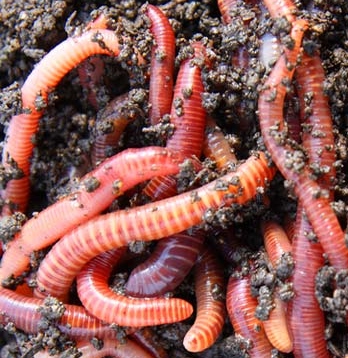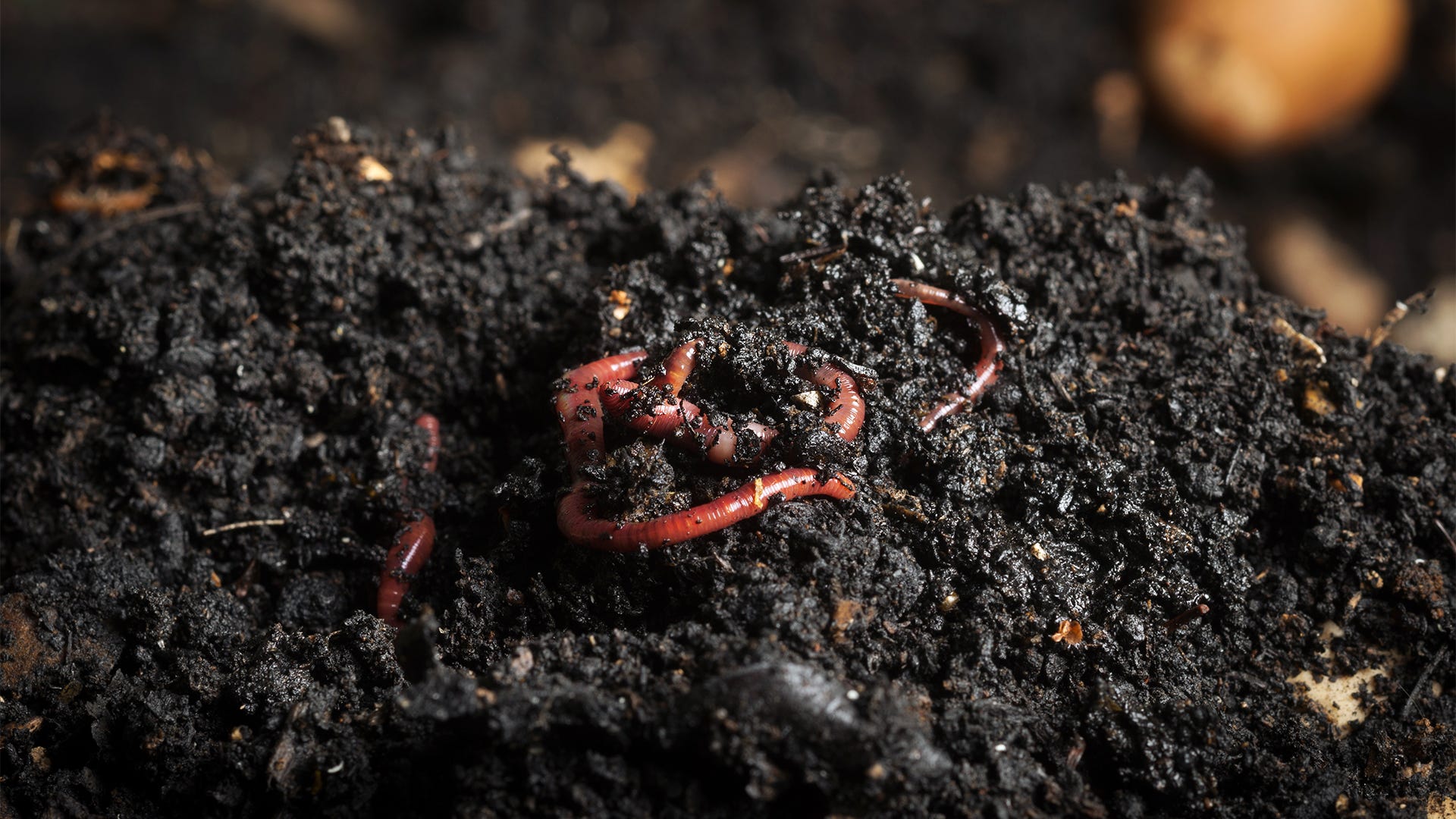Popular red worms: Best practices for care
Popular red worms: Best practices for care
Blog Article
The Duty of Red Wigglers in Sustainable Gardening
The integration of red wigglers right into lasting horticulture practices uses an engaging technique to enhancing soil health and wellness and reducing organic waste. The implications of making use of red wigglers prolong past plain composting; their function in shaping an extra sustainable future warrants a much deeper exploration of their benefits and functional applications.
Understanding Red Wigglers
Red wigglers, scientifically referred to as Eisenia fetida, are a types of earthworm renowned for their duty in sustainable gardening and composting methods - red wigglers. These worms prosper in decaying raw material, making them especially efficient in converting kitchen scraps and backyard waste right into nutrient-rich compost. Unlike typical earthworms, red wigglers have a higher resistance for varying moisture levels and can grow in environments with bountiful organic product
(Lake Hickory Bait)Classically, red wigglers are smaller than their earthworm equivalents, typically determining between 3 to 4 inches in size. They possess a reddish-brown coloration and have a fractional body structure that aids in their burrowing and feeding activities. These organisms are hermaphroditic, suggesting each specific possesses both male and women reproductive body organs, which enables effective populace growth under ideal problems.
The environment choices of red wigglers include wet, dark atmospheres rich in organic content, such as garden compost containers or worm farms. Their environmental function expands past composting; they are essential in aerating the soil and assisting in nutrition biking, which inevitably adds to much healthier garden ecological communities. red wigglers. Recognizing the biology and habits of red wigglers is important for those looking for to implement effective vermicomposting in sustainable horticulture
Benefits of Vermicomposting
Vermicomposting deals many advantages that boost lasting horticulture practices and add to ecological wellness. Among the main benefits is the transformation of natural waste right into nutrient-rich garden compost, which enhances dirt structure and fertility. The spreadings produced by red wigglers are loaded with valuable bacteria and important nutrients, making them an outstanding natural plant food.
Additionally, vermicomposting dramatically lowers land fill waste. By diverting kitchen area scraps and lawn waste from landfills, this method not just minimizes methane exhausts-- a powerful greenhouse gas-- yet additionally promotes a circular economic climate, where waste is repurposed as a source.
One more advantage is the improvement of soil oygenation and drainage (red wigglers). The burrowing activity of red wigglers produces networks in the dirt, allowing air and water to permeate even more quickly, hence promoting a much healthier root system for plants
Moreover, vermicomposting can be done on a little range, making it available for urban garden enthusiasts and those with restricted space. This method urges ecological stewardship and understanding, as people become more engaged with their waste administration practices. Inevitably, vermicomposting stands for a lasting, effective, and eco-friendly strategy to horticulture that benefits both plants and the world.
Just How to Start Vermicomposting
Starting your own vermicomposting system can be a fulfilling venture that boosts your lasting horticulture practices. To start, select an ideal container, such as a plastic container or wooden box, with great water drainage and ventilation. The dimension will certainly depend upon the quantity of kitchen area scraps you produce; a bin of 10-14 gallons usually suffices for a family.
Following, prepare the bedding product. Shredded newspaper, cardboard, and coconut coir are excellent choices, supplying a comfortable habitat for the red wigglers. Go for a bedding depth of concerning 4-6 inches, which need to be moist however not soggy.
As soon as the bed linens is established, introduce your worms. Red wigglers (Eisenia fetida) are one of the most appropriate for composting. Beginning with around one pound of worms for each 2-3 extra pounds of kitchen area scraps weekly.
Begin adding kitchen waste, avoiding meat, milk, and oily foods, as these can draw in bugs and develop smells. Routinely keep an eye on the container's moisture degrees and temperature level, guaranteeing it stays within the excellent range for worm task. With these preliminary steps, you'll be well on your way to developing nutrient-rich compost for your garden.
Preserving a Healthy Worm Container
A flourishing worm bin calls for consistent care and attention to preserve an optimal atmosphere for the red wigglers. Trick factors to check consist of wetness degrees, temperature, and food supply. Preserving a dampness level comparable to a wrung-out sponge is important; way too much water can result in anaerobic conditions, while also little can dry out the worms.
Temperature level is additionally important, as red wigglers prosper in a series of 55 to 77 degrees Fahrenheit. Severe temperature levels can emphasize the worms, potentially bring about red wigglers for composting death. Consequently, placing the container in a climate-controlled location or using shielding products can help regulate temperature changes.

Finally, oygenation is crucial. Regularly turning the bedding and using a fork or shovel can stop compaction and advertise air flow, making certain a healthy and balanced, growing atmosphere for the red wigglers. By sticking to these practices, gardeners can maintain an efficient worm bin that sustains sustainable gardening initiatives.
Impact on Dirt Health And Wellness
Enhancing soil wellness through making use of red wigglers is a fundamental aspect of lasting gardening. These worms, known medically as Eisenia fetida, play a vital function in boosting soil framework and fertility. By consuming organic issue, red wigglers break down complicated products right into simpler substances, a procedure called vermicomposting. The end product, worm spreadings, is abundant in vital nutrients, consisting of nitrogen, phosphorus, and potassium, which are crucial for plant development.

(red wiggler worms for sale near me)Research studies have actually shown that dirts improved with worm castings display boosted microbial activity and enhanced fertility, resulting in greater crop yields. By including red wigglers into gardening methods, garden enthusiasts not only improve their dirt yet also add to a more lasting farming system, emphasizing the interconnectedness of dirt wellness and ecological stewardship.

Conclusion
In conclusion, red wigglers dramatically add to lasting horticulture with their reliable vermicomposting practices. By promoting waste reduction and fostering a circular economic climate, red wigglers arise as important components in eco-friendly gardening campaigns, highlighting their crucial function in ecological sustainability.
Report this page